FIA single-seater director Nikolas Tombazis has warned that some F1 teams could "run in a sub-optimal manner" at the start of the 2026 campaign.
The championship's ambitious shift towards heavily-electrified power units could see some manufacturers stumble badly in the opening phases of the new regulations era.
The decision to implement circuit-specific energy deployment limits is a step into the unknown for F1, with the introduction of this new variable something that even experienced power unit manufacturers may struggle to optimise initially.
With the combustion engine delivering 400kW and hybrid components contributing 350kW, the new regulations create an almost even split between conventional and electric power.
This dramatic shift has forced regulators to devise complex solutions to prevent drivers from adopting unnatural techniques, such as lifting off mid-straight to harvest additional energy.
The technical regulations now mandate that ERS-K systems must not exceed 8.5MJ of electrical energy harvesting per lap as standard.
However, at circuits where the maximum recoverable energy through braking and partial load is 8MJ or less, the limit is reduced accordingly.
For qualifying sessions and sprint qualifying at particularly challenging circuits, this restriction can be slashed further to just 5MJ. High-speed venues with minimal braking opportunities are prime candidates for these reduced limits.
The 2026 technical regulations codify this approach, but considerable intrigue lies in how manufacturers will adapt their systems to perform optimally across such varied parameters.
Tombazis acknowledges the system's complexity but insists clarity will be maintained for spectators. "[It will be] completely transparent," he explained to PlanetF1.
"We're also working on how to make sure that there's a simple message, let's say, so that the public can understand what's happening in the same way they understand what's happening with the ERS.
"We don't want to make it necessary to have a PhD in engineering or something to watch a grand prix; we still want it to be very accessible to everybody."
Viewed by others:
Early-season struggles expected for some manufacturers
The most significant development centres on the expectation that certain manufacturers will initially struggle with the new deployment strategies, creating potential performance disparities in the championship's opening rounds.
"There's certainly a possibility that, in the early times, they may not get it fully right from the word go, and that they may run in a sub-optimal manner initially," Tombazis admitted.
However, he stressed that rectifying these issues should not require fundamental hardware redesigns.
"But to change the way you deploy the energy is a relatively straightforward process," he continued. "You don't need to redesign your whole car. You don't need to redesign your whole electrical unit. The electrical units all have the same maximum power, similar capacity batteries, and so on.
"So, if you then use it in a slightly different way, it's more software-related and less, let's say, hardware design, if you want. Yes, I'm sure there will be people who don't fully understand everything initially who will analyse their competitors and learn a bit better, and then, maybe two races down the line, may improve."
Despite earlier discussions about potentially adjusting the power split between combustion and electrical components, Tombazis confirmed that no further changes to the fundamental balance are under consideration.
"The combustion, of course, can't change at all," he stated definitively. "There was never any talk about completely changing the balances. How you deploy the electrical energy is subject to regulation, and there's a huge amount of detail in the regulations about the deployment of electrical energy.
"Whether at some circuits and in some conditions, you would be able to go initially to the maximum power or a lower amount was something that was discussed. It remains an option in the future if cars behave in a certain way."
Also interesting:
Join RacingNews365's Ian Parkes, Sam Coop and Fergal Walsh, as they look ahead to this weekend's Azerbaijan Grand Prix, plus the team discusses what's next for Max Verstappen after his astonishing GT racing debut performance around the Nordschleife.
Rather watch the podcast? Then click here!
Don't miss out on any of the Formula 1 action thanks to this handy 2026 F1 calendar that can be easily loaded into your smartphone or PC.
Download the calenderMost read
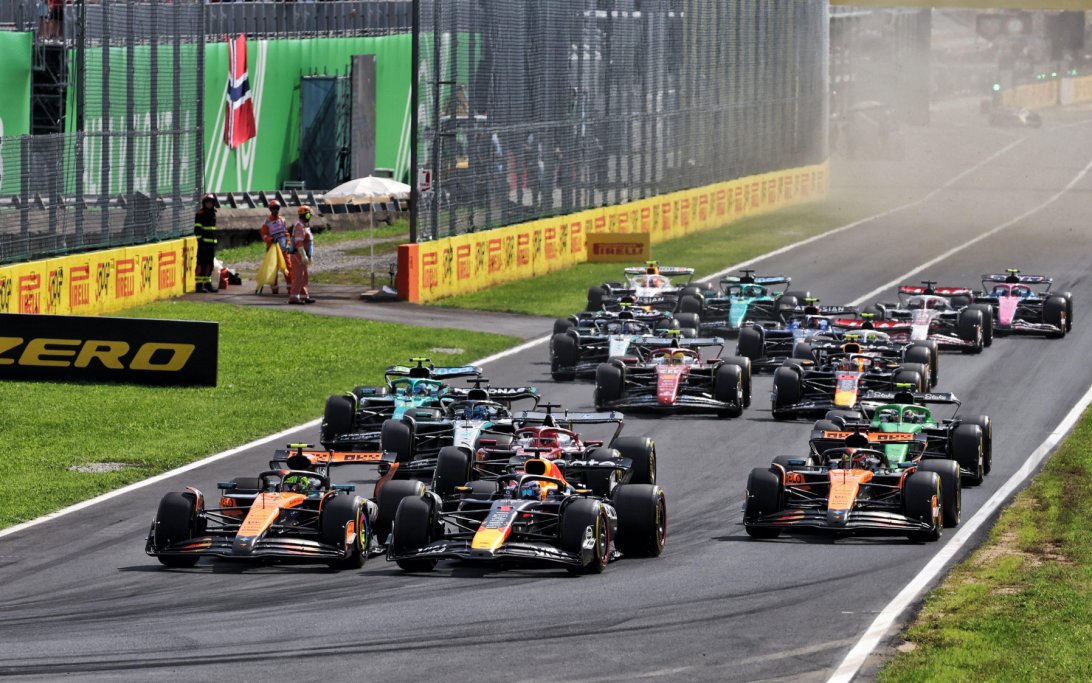
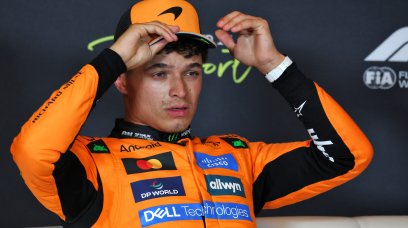
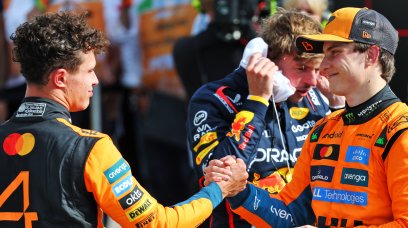


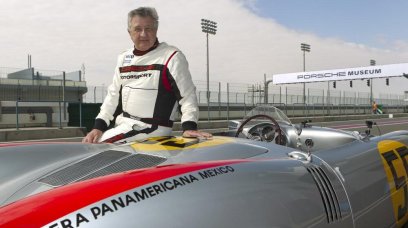
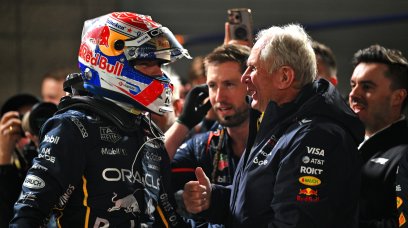
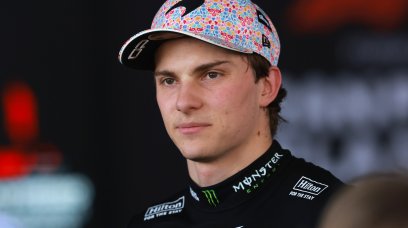
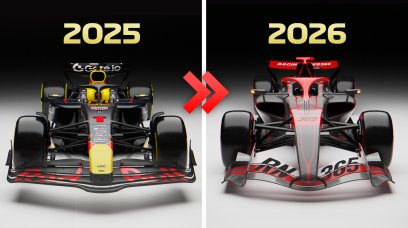
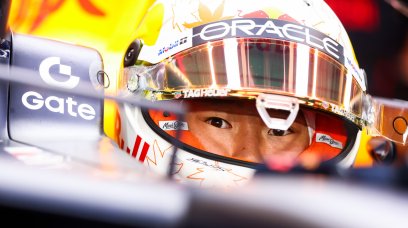

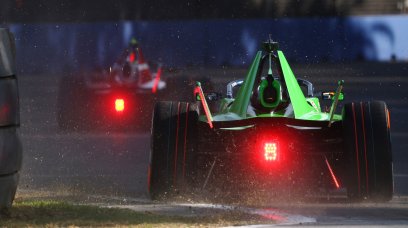
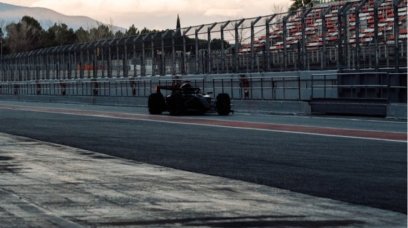
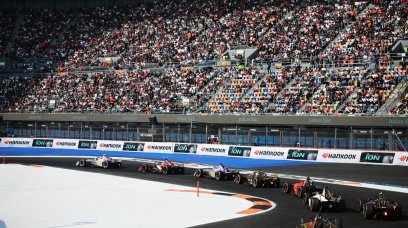
Join the conversation!